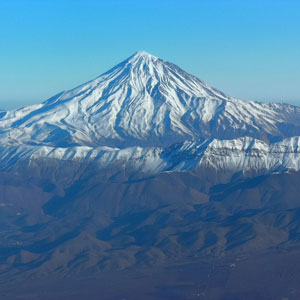 Signin with Google
Signin with Google Signin with Facebook
Signin with FacebookA biblical city
Susa has been coveted by many kings throughout history, thus endured the wars and rivals of kingdoms. For a long, it was the proud capital of the Elamite Empire, the centre of the ancient Elam civilization. Flames rose over the city, pillaged and destroyed when the Assyrian king Ashurbanipal undertook its conquest. "Susa, the great holy city, the abode of their gods, the seat of their mysteries, I conquered. I entered its palaces, I opened their treasuries where silver and gold, goods and wealth were amassed” declared Ashurbanipal, in what is known as the "Battle of Susa".
Elamites, Assyrians, and later Achaemenids fought for the majestic Susa. From Shapur to Cyrus the Great, Darius and Xerxes, the most glorious kings of the Persian Empire made Susa the centre of their political power. Even Alexander the Great, the Macedonian king, came here to celebrate what is known in history as the "Susa weddings", in an attempt to unite the Persian and Greek cultures. The creative ceremonial architecture of Susa became a specific feature of the Iranian Plateau exported to its neighbouring lands.
A testimony for mankind
Three times in history, Susa suffered the hunger of conquerors. After the Assyrian kings, the ancient city was destroyed during the Muslim conquest of Persian 1300 years ago, and 600 years later, sacked by the Mongols. Yet, its remains stand proudly over four silent mounds. One can walk where was once the Apadana, the majestic palace complex built by Darius I and covered with blues sculpted frescos, which beauty and splendour rivalled with Persepolis.
Among the columns and vestiges of Acropolis, as well as Ville Royale (Royal city), were found ceramics and potteries, which offer a priceless testimony of how people lived several millenniums ago. It's also here that was found a cuneiform tablet inscribed with the Code of Hammurabi of Babylon, one of the oldest codes of law.
Close by, the French archaeologist Jean-Marie Jacques de Morgan built, in the late 1890s, the Shush Castle with bricks coming from the Darius Palace and Tchogha Zanbil. Well preserved, its ochre towers and fortifications seem to look after the eternal rest of the antique city of Susa. UNESCO recognized the ancient city of Susa with 27 layers belonging to more than 2000 years of urban settlements on it as an outstanding universal value, to be inscribed as a testimony of human development in UNESCO World Heritage list in 2015.




